


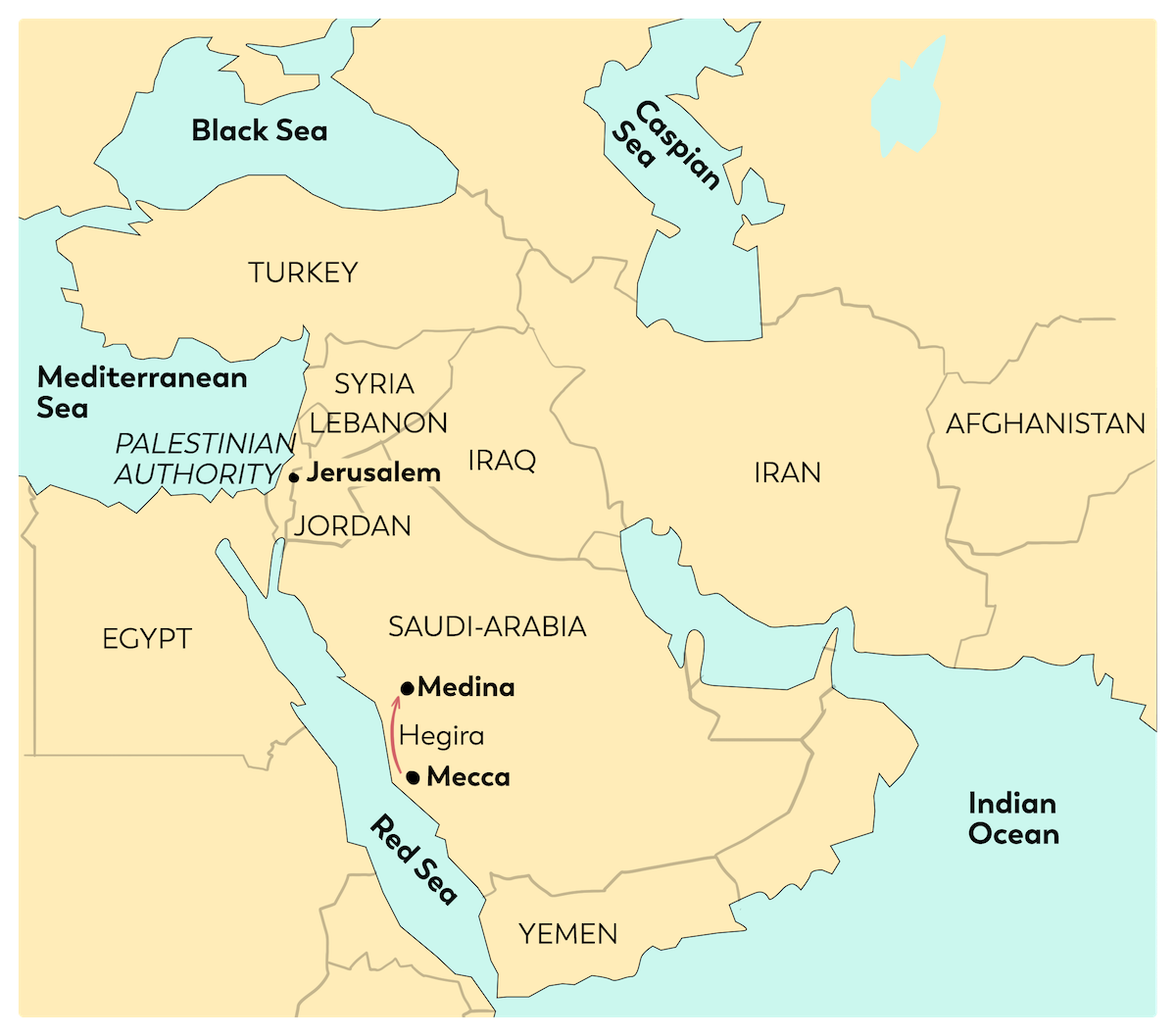
After meeting Allah, Mohammed returned to Mecca, where he gradually gathered together a community, founding a new religion, Islam. However this was not to everyone’s liking.
So much so that the prophet was expelled from the city in the end! So, in 622, he left for Yathrib (now Medina), where he created the first Islamic State.
622: a very important date! On this date, the Hegira took place. This term, originating from the Arab word hidjra (migration), refers to Mohammed’s exile.
The Hegira marked the beginning of the Muslim era. Although this date is the year 622 in the Christian calendar, the event was chosen as year zero in the Muslim calendar.


The Hegira, which took place in 622, was the founding event of the Muslim religion.
The birth of the Muslim religion saw that of Islamic Arts alongside it. Watch out! Although they developed in regions where it was generally the dominant religion, the expression “arts of Islam” does not necessarily describe sacred objects. In these cases, we describe them as “secular”. Here are just a few examples.
Of course, many palaces were also part of the Islamic arts, even though they had no religious role.

The expression “arts of Islam” describes various works that are not necessarily sacred.
After this quick overview of secular art, let’s take a look at sacred art, meaning art in the mosques. To see one of the oldest, we need to head towards Damascus in Syria, with its grand mosque, built by the Umayyad dynasty in the eighth century.
This mosque is the first building designed to enable followers to pray towards Mecca. It is not surprising that the following ones are inspired by it! The same elements are often found, adapted according to the region and the time.
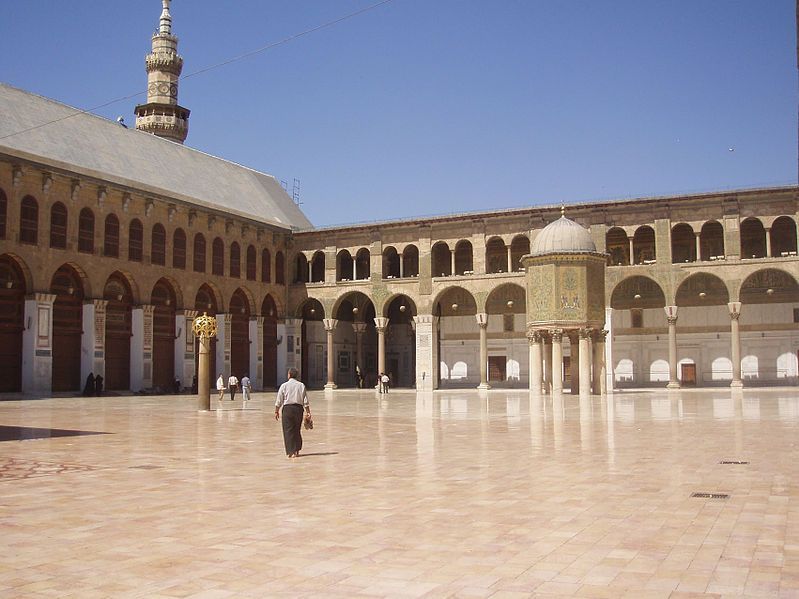
Minaret: A tower used to call the faithful to pray
Mihrab: A niche in the “Qibla” wall. Both of them face towards Mecca.
Prayer Room: A room in which the faithful pray, facing Mecca.
Minbar: A pulpit for preachers, below which the Imam stands to preach his sermon. Symbolically, the place at the top is reserved for Mohammed.


Mosques, which are places of prayer for Muslims, have all been built on the model of the one in Damascus.
Now let’s take a look at what it looks like on real buildings.

Minaret, mihrab, minbar and prayer room… These features are found in many mosques.
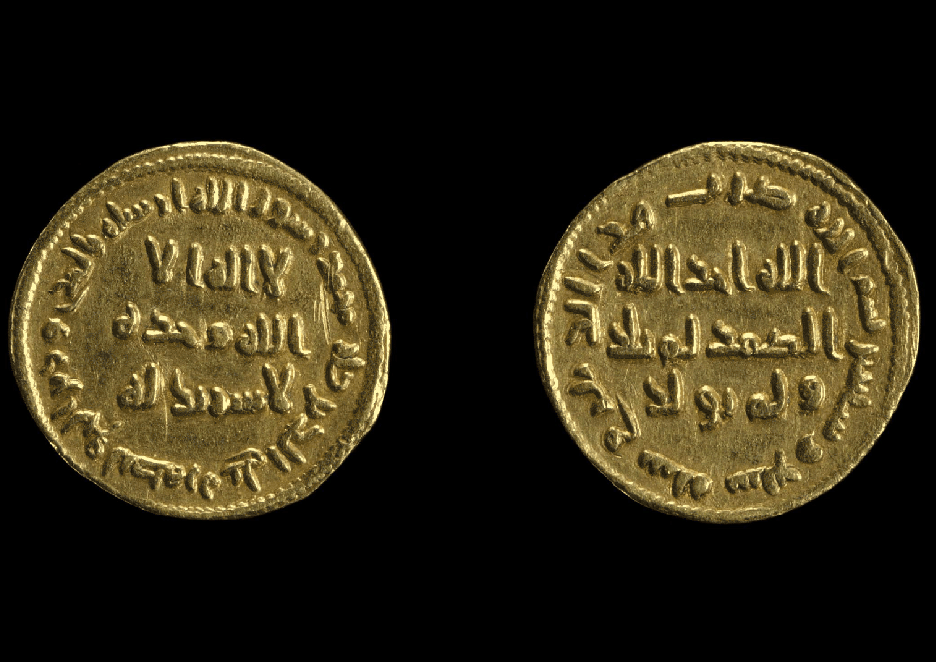

The Umayyad Caliph Abd al-Malik was both a warrior and a great builder.
Simply because the purpose of this place of worship is … to protect a rock! This is not just any old rock, however: it’s the one from which Mohammed is said to have flown up into the heavens to meet Allah.
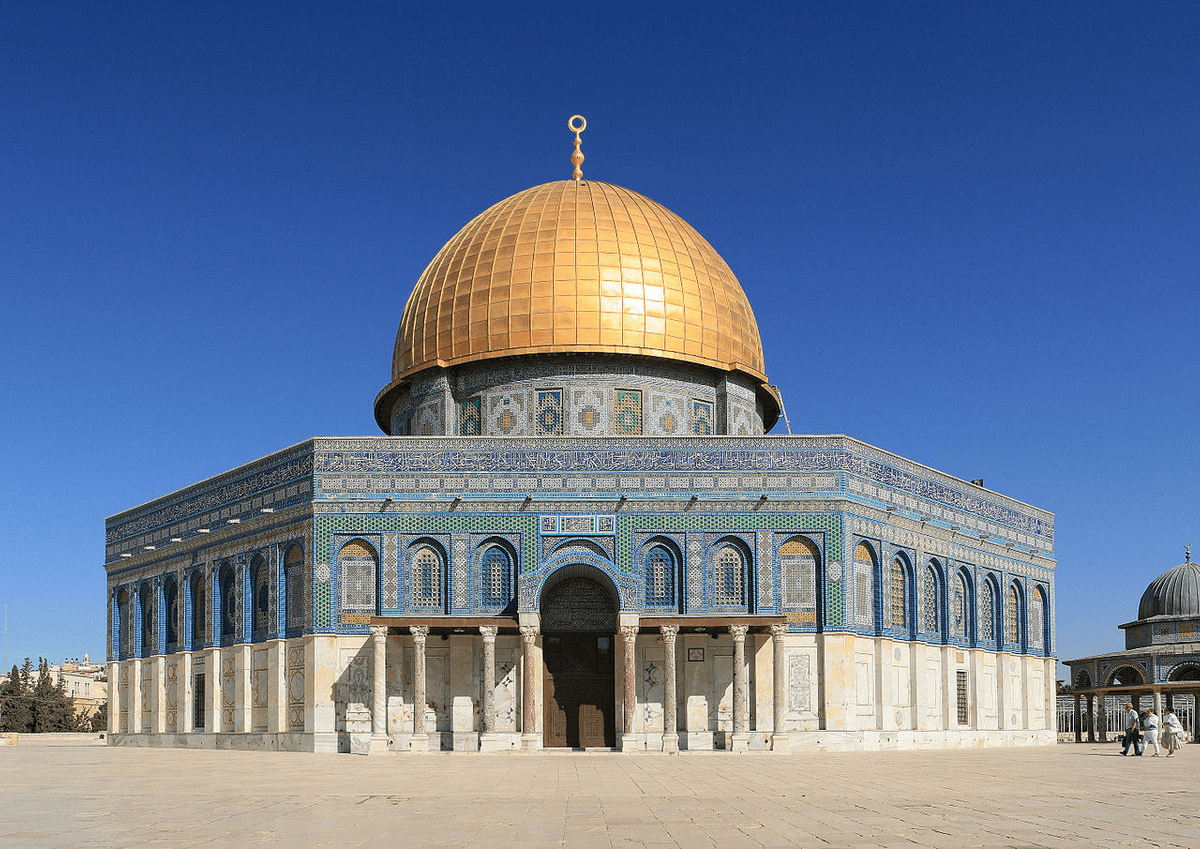

And that’s not everything. The city of Jerusalem is also a holy place for Christians and Jews.
When Abd al-Malik built this monument on a high place he was demonstrating to the different sections of the local population that he was the boss!

Building the Dome of the Rock on a sacred site in Jerusalem was a way for Abd al-Malik to demonstrate his power.
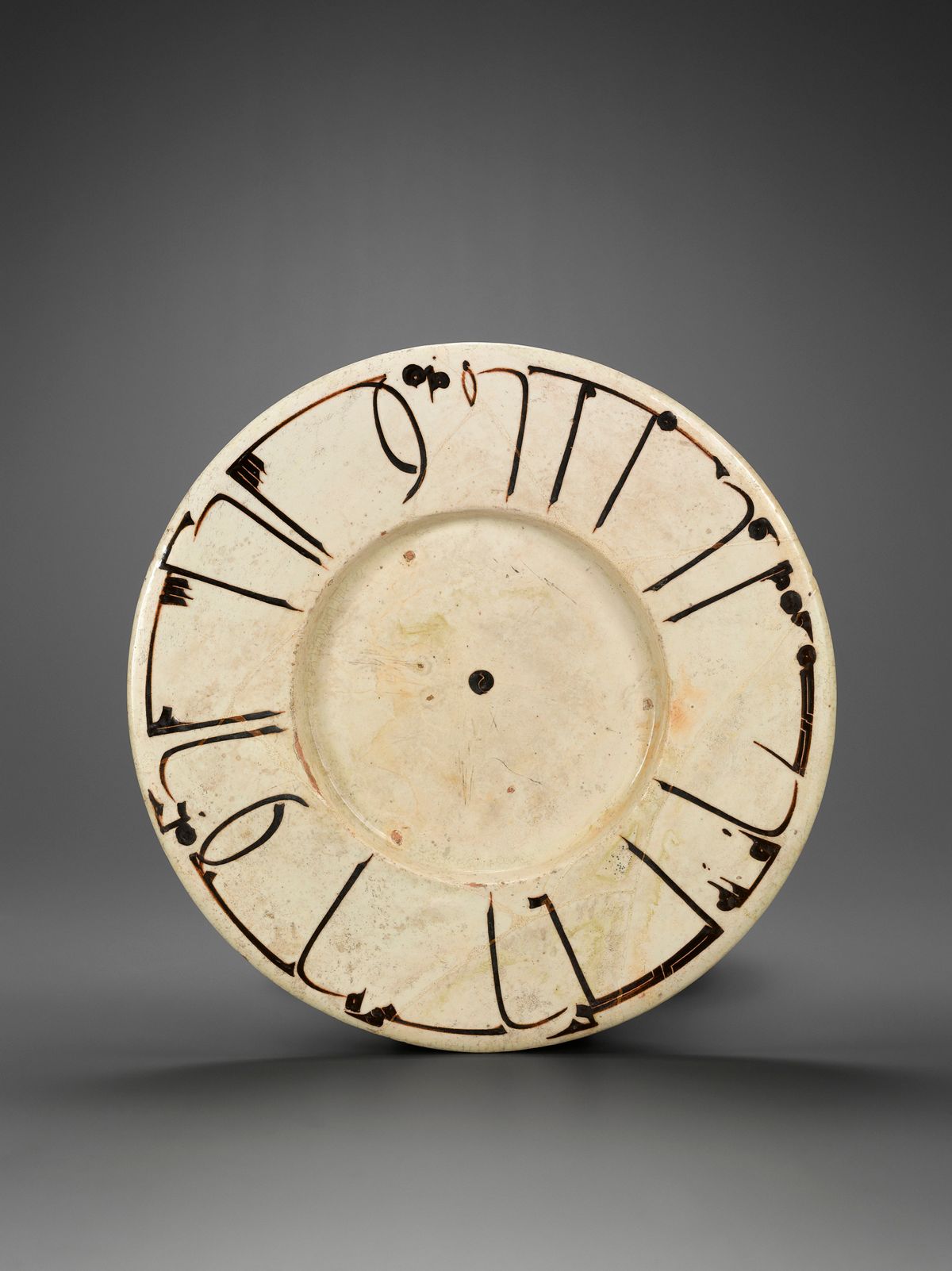
Mohammed received the divine word in Arabic. Therefore, Muslims consider this language to be sacred, including the way it is written! That is why calligraphy (the art of good writing) occupies such an important place in works of art.
In the 13th century, a calligraphy artist, Yaqut, developed different styles of writing that are still used today.
They are classified into two broad categories: Kufic and cursive. They are everywhere in Islamic writings. Do you know how to recognise them?

Both Kufic and Cursive writing are considered important in Islamic writings.

"*" indicates required fields